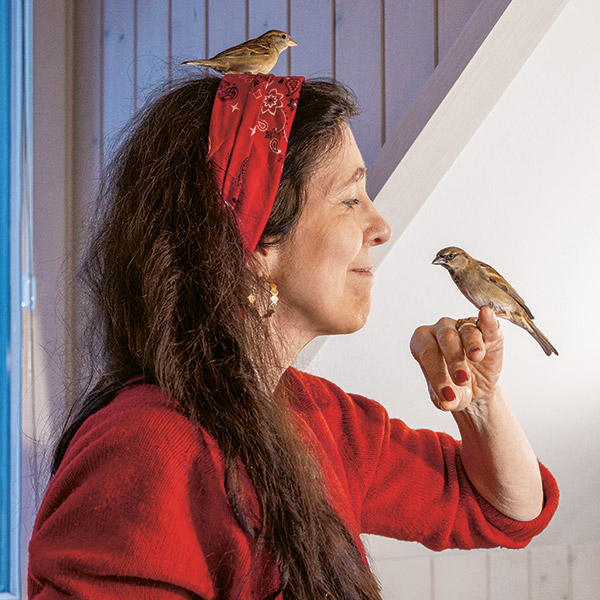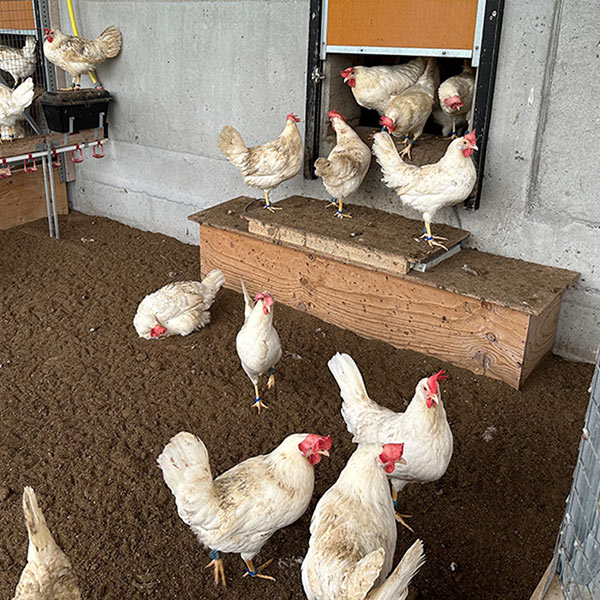ZOOLOGY
If I could talk to the animals
Happy or sad? The sounds animals make can actually tell us what they’re feeling. But we can understand some species better than others.

Is this Shetland pony perhaps laughing at us? The animal species plays a big role in whether we can distinguish between its positive and negative noises. | Image: Keystone
The notion that human beings and animals could talk to each other is the stuff of books and films. But a study at ETH Zurich has now shown that we already possess a partial understanding of what pigs or horses are trying to tell us when they grunt or neigh. It was conducted by Elodie Briefer, who is now a researcher at the University of Copenhagen in Denmark.
Briefer and her team recorded sounds made by animals in different emotional states belonging to six species: horse, pig, goat, cow, wild boar and Przewalski’s horse. Then they played short sequences of these sounds to 1,024 volunteers. Their respondents were able to distinguish strong emotions from weak emotions correctly in some 54 percent of cases. And in about 55 percent of the cases, they recognised whether an emotion was positive or negative. This was only slightly better than a random result (i.e., 50 percent). “It was a difficult task”, says Briefer. “The sequences we played were only about two seconds long and sounded very similar”.
The recognition rates for emotional intensity were similar across all the animal species. But there were big differences when it came to discerning the type of emotion. Whereas 64 percent of the respondents recognised whether a horse whinny was positive or negative, the success rate for Przewalski’s horse was only 33 percent. According to Briefer, this shows that evolution has not changed the language of intense emotions very much – for example, warning calls. “But negative and positive emotions are more species-specific”.
Those respondents who had already worked with animals and knew them better also got better results in the study. Learning animal sounds is relatively easy, claims Briefer. “If I practise with my students, their recognition rate jumps from 50 percent at the beginning of a lesson to 70 percent at the end of it”. So with appropriate training, perhaps future farmers and pet owners could also reach a better understanding of their animals.




